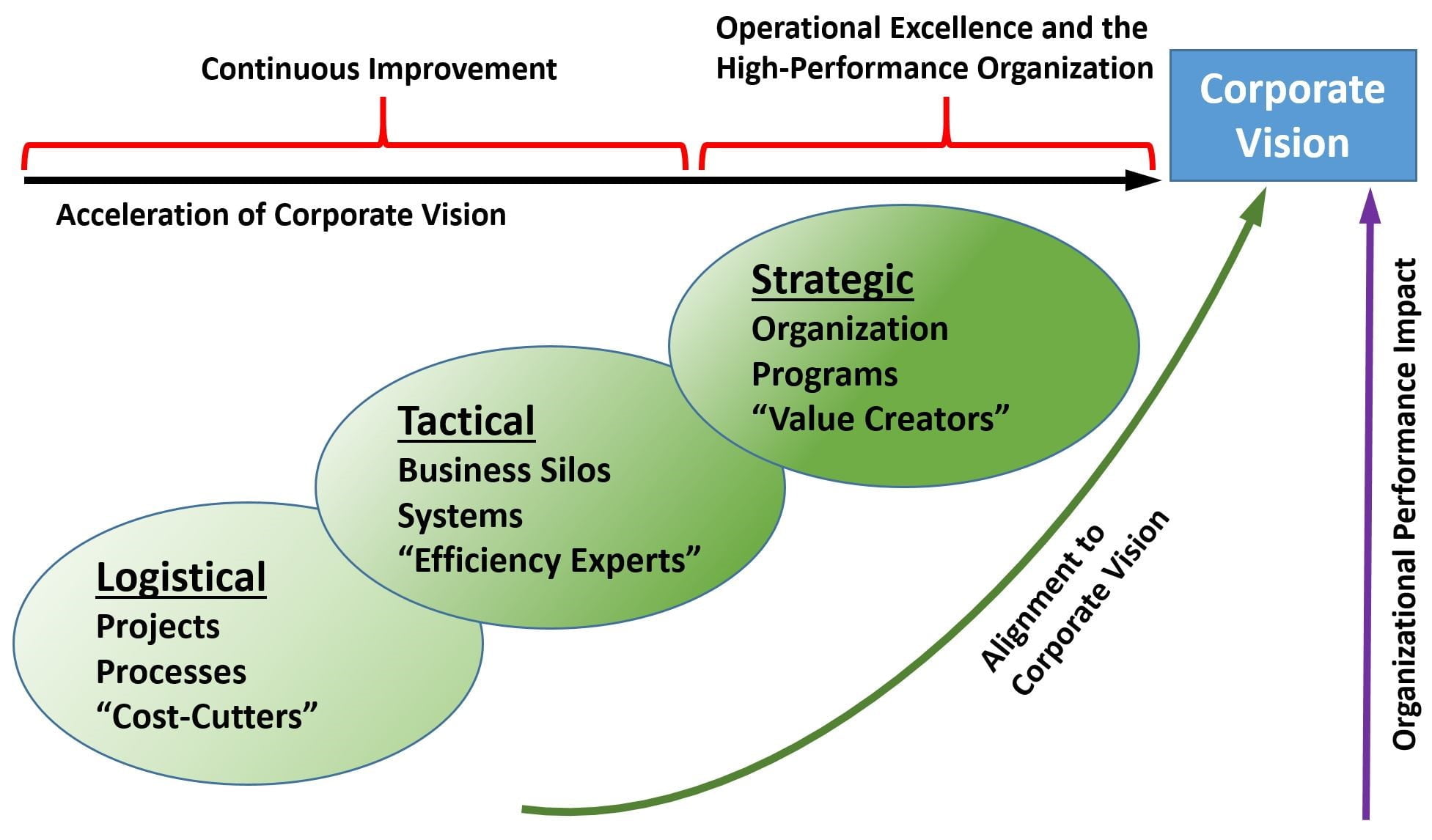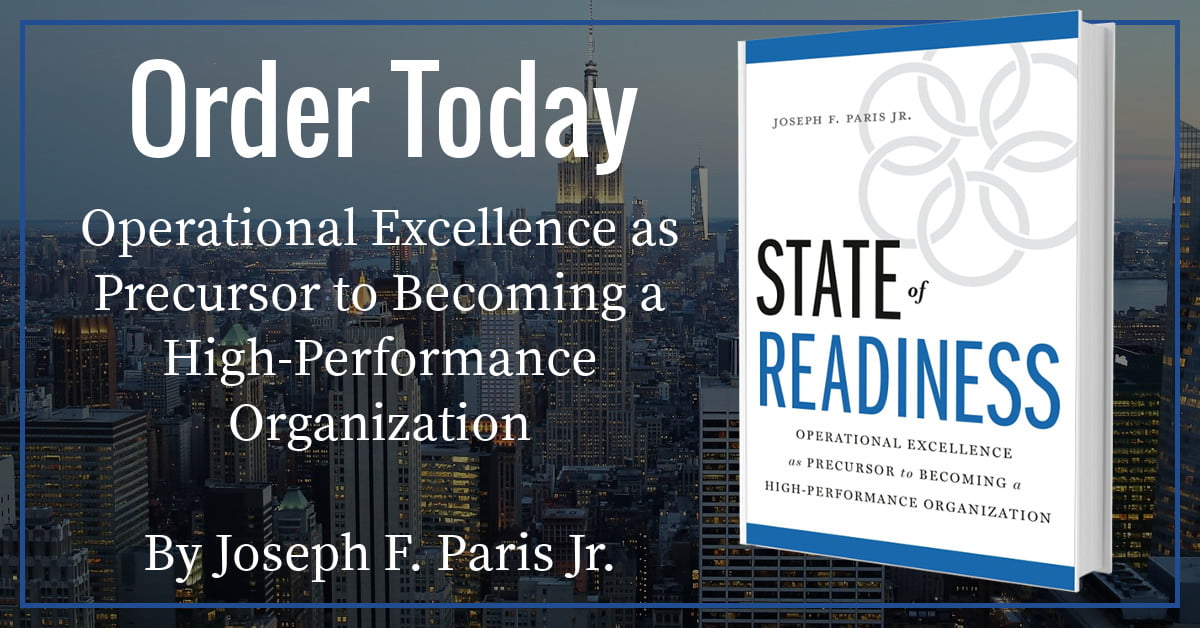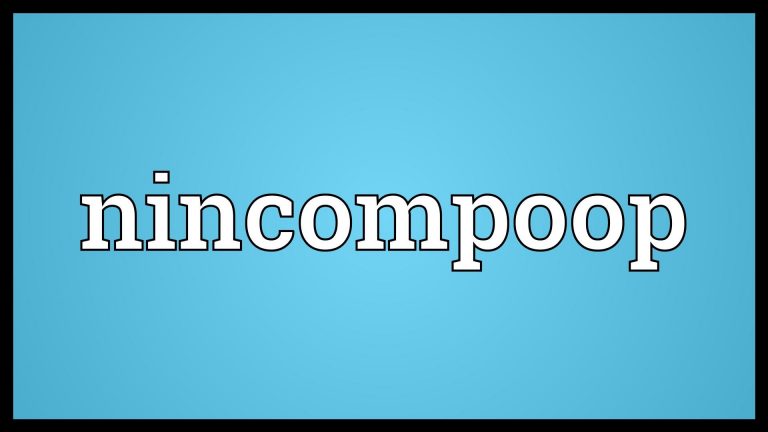Operational Excellence Maturity Model
I have met countless Continuous Improvement and Operational Excellence professionals over the course of my career. And, in turn, I have become acquainted with their roles and efforts in regards to driving value to their organizations. Oftentimes, these professionals, although possessing great passion for, and pride in, the value they drive to their companies, express their frustrations at the lack of proper support from their company in their efforts.
Interestingly – perhaps even tellingly – although almost all of them consider themselves and their efforts “strategic” to the company, very few of them actually are.
In examining the level of support given (actual, not stated) by the company to the Operational Excellence efforts and the net-benefit of impact those involved in the Operational Excellence initiatives drive to their company, I have concluded that there are three levels of maturity; Logistical (lowest), Tactical (middle), and Strategic (highest). Of course, the Operational Excellence efforts at any given time, and within any given company, will possess characteristics of all three – it is the level of organization, structure, consistency, and orientation to the company vision which determines what level of maturity actually exists.
First, you need to know “what is Company Vision”. This is not to be confused with a “mission statement”, which is so often peppered with platitudes and buzz-words such that it is mostly drivel – rather, this is a simple statement (a “vision statement”) with specific objectives to describe the “future state” of the company (or business unit). It might have to do with products, or market-share (even specific markets), or how the company might bring products to market, or even with regards to mergers and acquisitions (and the realization of the synergies expected). The objective here is to align the efforts towards the realization of this vision.
Next, you have to understand the importance of prioritization of these efforts. It is vital to understand that priorities, once set, should not change often (and only for very good reason). There is nothing that can diminish the results of these efforts more than resetting priorities and it is imperative to realize that not everything can be the “highest priority” – for if everything is a highest priority, then nothing is.
Finally, you need to gain real and substantive support for the efforts. This will only be possible if the executive leadership sees the efforts as facilitators of the company vision – and best if seen as accelerators of their realization. Here, it is important to understand that the single most critical responsibility of executive leadership is to achieve the vision for the company and anything that does not help in that effort is of secondary importance (at best) to them. Take the time, and make the effort, to understand what is of value to the executive leadership and align your efforts accordingly – then you will gain the support (and respect) you need.
Operational Excellence Maturity Levels
For your consideration, I detailed the three maturity levels of Operational Excellence (or Continuous Improvement) efforts below and some of their characteristics.

Logistical
This is the lowest level of Continuous Improvement maturity. It is most likely found in organizations that are in the early and unproven stages of their journey, or in organization where the results of previous journeys have been a disappointment.
- Organized Around Projects; A characteristic at this level of maturity will be that the efforts are organized around individual projects that are not related. The efforts are largely reactive in that resources are deployed when and where problems manifest themselves. If there is any capturing and replication of improvement efforts and lessons learned, they are minimal.
- Emphasis on Optimizing Processes; As one might expect with an emphasis on projects, the field of view for the efforts is usually linear and the efforts are largely dedicated to eliminating variants and increasing the velocity of the throughput.
- Little Alignment to the Vision of the Company; It is highly likely that the deployment resources have little real knowledge of what the vision (future state) of the company might be and the efforts are not deliberately designed around the pursuit of the vision. Instead of being embraced, they are viewed more like “hot-dog vendors” – hustling to convince the passers-by that the hot-dogs they are selling are the best and that they need that hot-dog; that it will be good for them and they will enjoy it.

- Incremental Performance Impact; The benefits realized by the company for the efforts made certainly exist, but they are made step-by-step. After all, I have never seen or heard of a Continuous Improvement effort that resulted in things worse-off than when they started – normally, the disappointment occurs because the benefits realized are not what was expected or promised.
- Role Viewed as Cost-Cutting; The opinion held by those in the company of those in the effort is that of “cost-cutting” – the reduction of inventory, waste, even personnel. As a result, those involved in the effort are not embraced by the rank-and-file and, in fact, will most likely result in a stiffening of the resistance against improvements. Spies and assassins are never trusted or loved – by anyone.
- Priority Level “3”; As your efforts begin to mature and there is more structure, opportunities for improvement which have the above characteristics should be given a Priority Level of “3”, which is the lowest level. These are the efforts that are completed by the newly assigned or otherwise indoctrinated resources to hone their newly-learned skills, or when there are no opportunities with higher levels.
Tactical
- Organized Around Business Silos; As the Continuous Improvement efforts become more mature, the efforts will begin to become more structured and organized, becoming initiatives. These efforts will look at the value-stream-map within business silos that are within the organization such as; production, logistics, sales, etc.… Accordingly, the efforts will become less reactive and more proactive.
- Emphasis on Optimizing Systems; Instead of focusing the efforts on individual processes, those involved in the efforts will begin to consider the vast number of processes that constitute a system within the business silo and the efforts will begin to examine the impact of improvements throughout the entire value-stream.
- Increasing Alignment to the Vision of the Company; Even if it is not completely conscious and deliberate, at the tactical level of maturity, there is growing awareness of the desired future state of the company by the Continuous Improvement deployment professionals and the efforts become increasingly aligned with this vision.
- Growing Performance Impact; The magnitude of the benefits realized by the company when the improvement goals are placed on optimized and balanced systems (a collection of related and integrated processes) over individual processes are expected to significantly greater than optimizing processes alone.
- Role Viewed as Efficiency Experts; The perception (and the reality) of those involved in a Continuous Improvement effort that has achieved a Tactical level of maturity become increasingly viewed as value-creators and not just cost-cutters (as is the case at the Logistical level).
- Priority Level “2”; Opportunities that possess the above characteristics should be assigned a Priority Level of “2”, which is the middle-level. As the Continuous Improvement capacity and capability mature within an organization – and along with it, greater confidence – the emphasis will be on seeking opportunities to address more complex business systems. This will be the goal of those efforts maturing from the Tactical to the Logistical, and will also be used extensively in the support of those efforts which have matured to the Strategic level.
Strategic
- Organized Around the Organization; When the efforts have evolved to the point where they are structured around the organization as a whole, the entire value-chain – from the vendor’s vendor to the customer’s customer (even if not all involved are immediately involved or touched) – then the efforts can be properly reclassified and referred to as Operational Excellence rather than Continuous Improvement. The basis of this premise is that an organization (and its value-chain) operates through a variety of systems across business silos, and systems are comprised of processes.
- Emphasis on Building Programs; The efforts of an Operational Excellence initiative that has matured to the Strategic level is dedicated to creating a culture of excellence in an engineered manner; that is to say deliberate and guided by planning. When they build capacity and capability by investing in their people, they are doing it in a manner that was designed to build an Operational Excellence program – letting the demand create the pull for talent-building and for what purpose (as opposed to just building talent inventory that will sit idly on the shelf waiting for a purpose).
- Aligned to the Vision of the Company; The Operational Excellence program is first and foremost dedicated to the acceleration of the realization of the company’s vision – that is its primary mandate. Cutting costs and increasing efficiencies throughout the organization will be a by-product of the efforts, but they are not the principal motivation.
- Maximum Performance Impact; By “organizing the team around the mission” and having those missions aligned with the company’s vision and dedicated to the accelerated achievement of that vision, benefit to the company (both top-line and bottom-line) will be as good as it can be. At this level of maturity, the emphasis is no longer confined to Cost of Goods Sold (COGS) and General and Administrative Expense (G&A), but also placed on Revenue and the effective use of assets (specifically; capital, plant, and equipment). At the highest level of Strategic Maturity (and in addition to accelerated vision realization), the company will also be able to more readily recognize and respond to opportunities or threats that might be presented in a rapid and decisive manner.
- Role Viewed as Value Creators; When the Operational Excellence efforts have matured to a level where they become a primary driver of the company’s strategy, those involved in the Operational Excellence program will no longer have to seek recognition and support from the executive leadership – the executive leadership will seek them out. At this point, Operational Excellence has evolved to fulfilling a key role in Strategy Execution and become instrumental in the company becoming the “High Performance Organization”.
- Priority Level “1”; The opportunities that exist to accelerate the realization of the company’s strategy (and also the threats that might be inhibitors) are assigned a Priority Level of “1” – the highest priority. And the company and its resources should naturally behave as one would expect for Priority-1 situations and circumstances – do them first.
Conclusion
If you want the efforts to evolve from being Logistic or Tactic (Continuous Improvement), which is the present-state of most efforts, to becoming Strategic (Operational Excellence), you need to align the efforts to the Corporate Vision – become an accelerant of that Corporate Vision. Take the time to learn what that is and to build your allegiances (and alliances) towards that.
Start looking at the “big-picture”. Don’t look at your shoes, look down the road. Evolve your perspective from processes, to systems, to organization. Consider the impact of your efforts on the entirety. Seek to create an organization that works at an optimal state where all the efforts are working in a balanced and harmonic manner. Cut across the business silos and create cross-functional integrations and the related communication and collaboration protocols.
Work to accelerating the decision-making process. Learn to see the opportunities and threats more quickly and to configure and deploy an effective and thorough response more rapidly and decisively. Here, openness and understanding the capabilities and capacity of the resources available (and also the weaknesses) are of critical importance.
Work towards achieving all of this and you will gain a level of Operational Excellence and become the High-Performance Organization.
About the author

Joseph Paris is an entrepreneur with extensive international experience. He is the Chairman of the XONITEK Group of Companies, an international management consultancy firm he founded in 1985; and the Founder of the Operational Excellence Society, a “Think Tank” dedicated to serving those interested in the disciplines of Operational Excellence. In addition, Paris serves on the Advisory Board of the System Science and Industrial Engineering Department at Binghamton University and on the Process Industries Division at the IIE. He is also on the Editorial Board of the Lean Management Journal and a sought-after speaker, guest lecturer and writer.
Connect with Paris on LinkedIn





